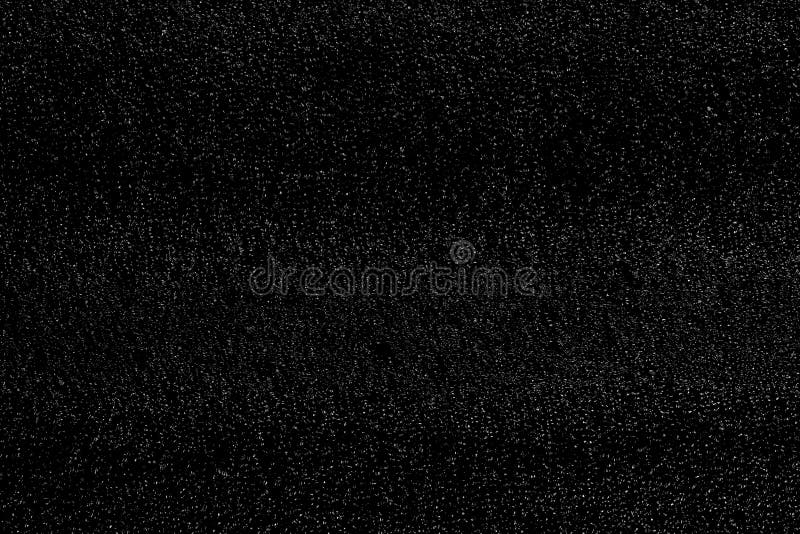

FILM BOKEH TEXTURE SERIES
The first of these is the aperture or diaphragm: while we notionally think of this as a circular hole, it's a series of blades that form a diaphragm allowing the photographer to interactively resize it. The second and third elements affect how light passes through the lens. This is why many portrait photographers will use a long lens like the Nikkor f/2.8 70-200 mm close in on a subject with a distant backdrop to create the smoothest, most buttery backdrop possible. Depth of field is controlled by focal length, subject distance, and aperture. At this point, slowly move the aperture to its widest setting, and those lights should turn to blurry orbs or bokeh balls. Set the aperture to f/11, then focus on a subject in the foreground. Use a mirrorless camera or put your DSLR in live view, then find a dark scene that has a number of lights in the background (a street scene works great). You can calculate this using the free web-based PhotoPills (or their paid-for smartphone app) however, a real-world demonstration is the simplest. My favorite lens is the Nikkor f/1.8 85mm, which has beautiful bokeh but isn't too bulky, making it a great portrait lens. Usually rated at f/1.8, they will offer great low-light shooting and yes that oh, so smooth bokeh that you just don't get with your kit f/5.6. The optical quality is normally decent, and they're also cheap! More than that, they are often the first foray into fast lenses.
FILM BOKEH TEXTURE FULL
When you are starting with your first APS-C or full frame camera, the recommendation will be to purchase a nifty fifty as your first prime lens.

There are those images where de-focused areas are deliciously syrupy, letting you visually glide through the scene, your eyes skimming, skipping, and roaming. However, is my swirly Nikkor AF-S 50mm f/1.4G on the Fuji X-T4 more blurry than your circular Nikon Series E 50mm f/1.8 on the Nikon D850? Read on.īokeh is subjective - out-of-focus, blurry backdrops can be simply gorgeous, wrapping around your pin-sharp subject, separating them from their surroundings while enveloping them in something soft and smooth. I raise you my swirly bokeh to your circular bokeh because I intuitively know that it looks nicer.


 0 kommentar(er)
0 kommentar(er)
